I have read and I understand how the full adder works (or atleast I think I do :D). It combines two half adders and either one of them can have a carry over, hence the OR gate. But why do we need this OR gate in practice? In theory, I get it. But why not just string the to carry over signals together and have no OR gate? I can understand that it is not desirable to make a piece of the circuit high, when it is not when other circuitry might be connected to it. But consider that the full adder is an isolated circuit on its own, why not?
There must be a negative effect , otherwise the OR gate would not be in the full adder circuit for sure. But I think it is not a pure logical necessity, hence I think it has to do with the nature of negative polarized voltage on transistors of some sort, but I am not sure, hence this question.
To make sure, the circuits I refer to are shown and explained here.
And here is a picture of the full adder where the OR gate is shown (it is the only gate in the picture).

